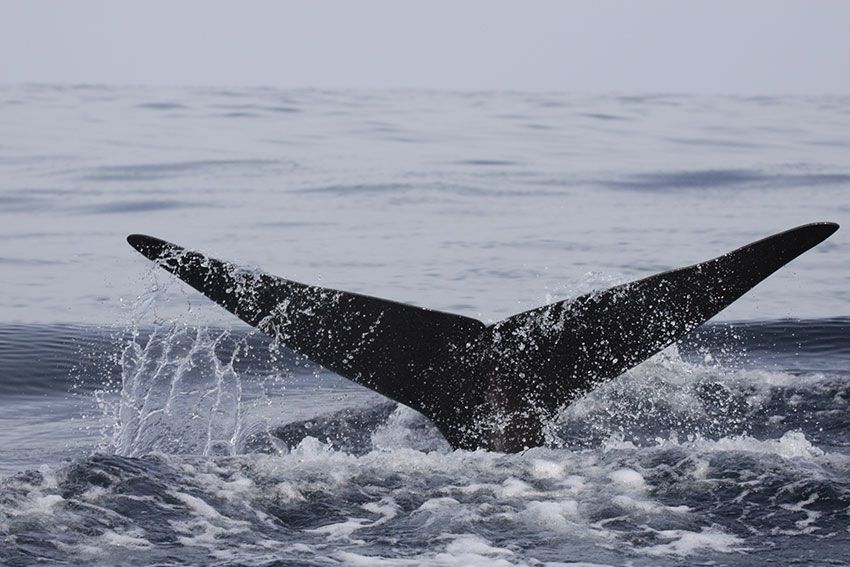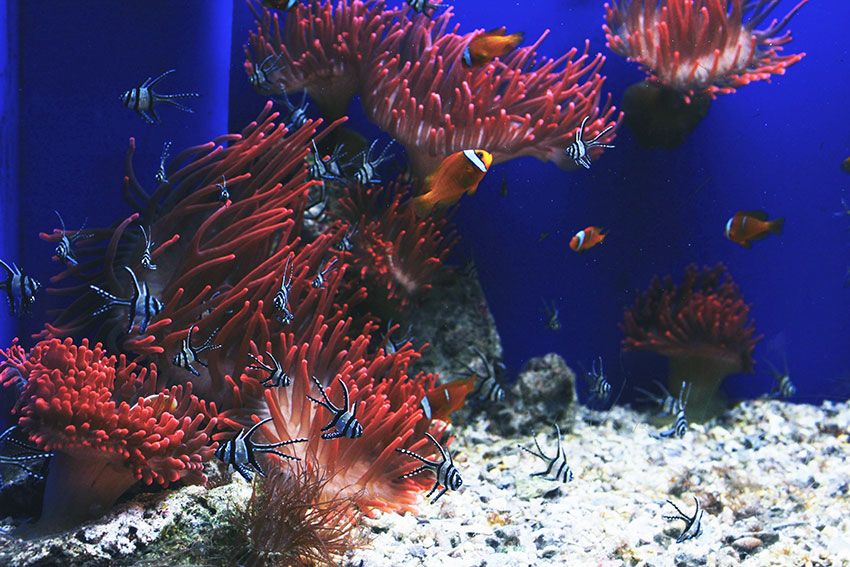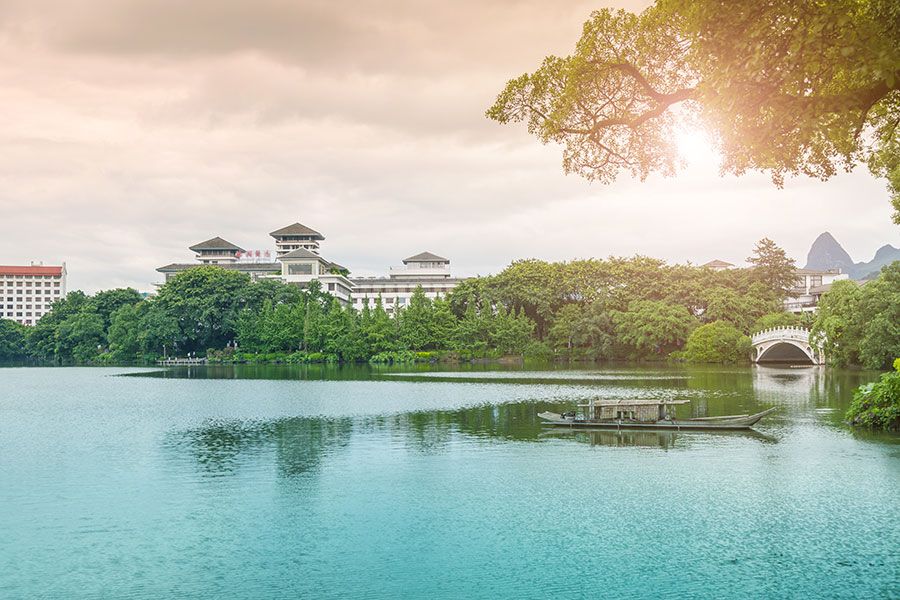Ningaloo Reef is home to the world’s largest fringing reef and can easily be accessed within a few feet from the coast. This is the only place in the world where a large coral reef can be accessed so easily. Because of its incredible biodiversity, it is on the UNESCO World Heritage list.
Ningaloo Reef is home to more than 200 species of hard corals and 50 species of soft corals with over 520 species of fish. The reefs are easily accessible because it is the close distance from the shore. It is a popular destination for divers and snorkellers.
Coral reefs around the world are under increasing stress due to a combination of local and global factors.
The Great Barrier Reef is the world’s largest coral reef system composed of over 2,900 individual reefs and 900 islands stretching for over 2,300 kilometers. The reef is located in the Coral Sea, off the coast of Queensland, Australia. This reef structure is composed of and built by billions of tiny organisms, known as coral polyps and it is the only living structure that can be seen from space.

Why is the Great Barrier Reef in danger?
This reef provides home for an astounding variety of marine life, plants and animals – from ancient sea turtles, reef fish and 134 species of sharks and rays, to 400 different hard and soft corals and a plethora of seaweeds. The Reef is far more than an economic resource.
The Great Barrier Reef Marine Park was created in 1975 through the Great Barrier Reef Marine Park Act.
Coral bleaching
Coral reefs need clean, clear water to survive. When sediment and other pollutants enter the water, they smother coral reefs, speed the growth of damaging algae, and lower water quality. Pollution can also make corals more susceptible to disease, impede coral growth and reproduction, and cause changes in food structures on the reef.
Small-scale bleaching is a common sight on the reef, but in the 1998 year that saw widespread bleaching, 42% of the reef turned white.
Farm pollution
Sediment and chemical runoff from farms is a major threat to inshore coral reefs and seagrass meadows in our Great Barrier Reef.
Nutrients from fertilizer pollution in the Reef’s waters also fuels massive outbreaks of the coral-eating crown-of-thorns starfish, which devour our coral reefs. Reducing fertilizer use will not only save money but will also reduce polluted runoff.
Fishing
Coral reef fish are a significant food source for over a billion people worldwide. Traps set too close to reefs and marine debris, such as ghost traps, lost nets, monofilament, and lines, can damage coral reefs, which take a long time to recover.
Overfishing cause reducing the numbers of grazing fish that keep corals clean of algal overgrowth.
On many of the cays, there are spectacular and globally important breeding colonies of seabirds and marine turtles, and Raine Island is the world’s largest green turtle breeding area.
Ningaloo Reef
This incredible, pristine wilderness offers the most affordable reef experience you are likely to find anywhere in the world. Ningaloo Reef is actually in fairly good health compare to the Great Barrier Reef.
There are many ways to enjoy the Ningaloo Reef and use ECO certified tour operators to ensure your trip is one that contributes to the protection of the reef in the long-term.

Swim with whale sharks
Each year the largest concentration of whale sharks are found in the waters of the reef.

Drift and dive
With easy access from Exmouth, the Turquoise Bay Drift Snorkel offers some of the best snorkeling just meters from the beach. The shallow edges of the reef provide perfect snorkeling conditions for people of all ages and mobility.

Encounter turtles
Three of the world’s seven marine turtle species, nest on mainland beaches and islands of Ningaloo Reef during the summer months from November to March. Here you may catch sight of loggerhead, green, hawksbill and flatback turtles as they embark on their epic annual journey. The loggerhead turtle is the most endangered species of sea turtle in the world.
Volunteers are required between December and January each year to monitor nesting beaches for turtle activity!
The bottom line
The Great Barrier Reef is very accessible if staying in Cairns or Port Douglas.
Compared to the Great Barrier Reef, Ningaloo is quite remote. Located off the coast of Western Australia, Ningaloo Reef requires a flight to Perth and a flight to Exmouth.
The diving and snorkeling sites of the Ningaloo are right along the coast with the Navy Pier, near the town of Exmouth, named as one of the best shore dives in the world.
The Ningaloo Reef is perhaps most famed for its whale sharks which feed there from March to June.
Ningaloo Reef facilitates intimate wildlife encounters – swimming with whale sharks and observing nesting turtles – and for accessibility and affordability it can’t be beaten
On the other hand, the Great Barrier Reef offers the diversity of indulgent five-star escapes, world-class dive sites, sailing trips, and budget island camping adventures, but you’ll have to pay more and your trip will end up more expensive. When Ningaloo Reef offers the joy of spending a night on the reef or some truly remote paradise.
Want to learn more about other sustainable destination? Check out section sustainable travel destinations.







